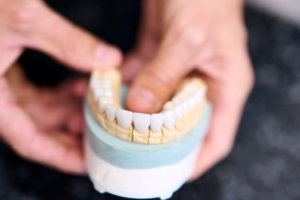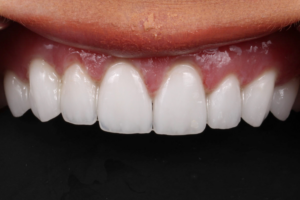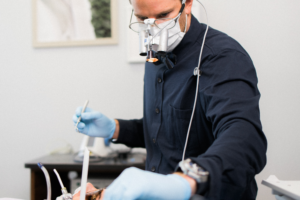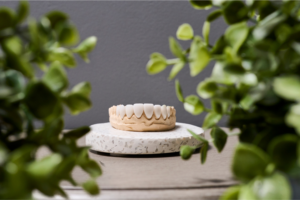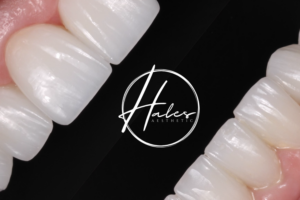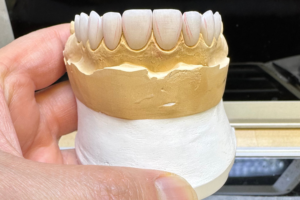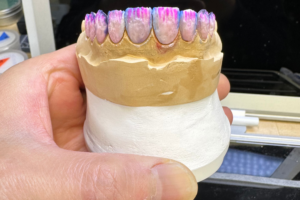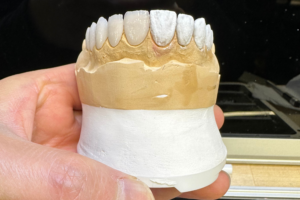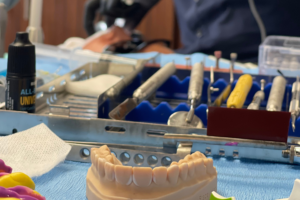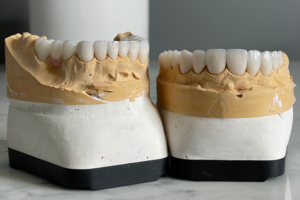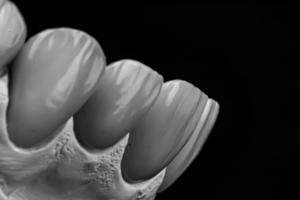 Cleocin for Acne: Uses, Results, Expectations
Cleocin for Acne: Uses, Results, Expectations
How Cleocin Works Against Acne Bacteria
A thin smear of topical antibiotic feels simple, yet it sneaks into follicles and interrupts bacterial machinery driving inflammation and pustules daily routine.
It binds to the bacterial ribosome, blocking protein synthesis — a precise strike that reduces Propionibacterium acnes populations and irritation rapidly.
Occassionally resistance can develop, so clinicians often pair it with benzoyl peroxide, which kills bacteria differently and lowers resistance risk over time, sometimes.
Besides direct antibacterial action, the treatment reduces inflammation and helps existing lesions resolve faster, making scars less likely and skin tone more even.
Expected Timeline: When Results Typically Start

Many people start cleocin and watch their skin like a slow sunrise, hopeful for change.
Inflammation often eases first; pustules shrink within a week or two, yet new lesions can still appear.
Noticeable improvement commonly occurs by weeks four to eight, when bacteria load drops and redness fades. Expect patience: some see results earlier, others need longer.
If progress is slow after three months or side effects are unruly, consult your clinician. They may combine therapies or change dose to acheive better outcomes. Occassionally small tweaks need extra time soon.
Comparing Cleocin to Other Acne Treatments
On my first month trying cleocin, I noticed smaller, less inflamed bumps and a calmer skin texture rather than instant clearing. Unlike benzoyl peroxide, which can bleach fabrics and cause immediate dryness, topical clindamycin targets bacteria and inflammation more gently, making it a useful adjunct for sensitive skin. Some users pair it with retinoids to improve cell turnover, but results need patience and daily sunscreen to protect delicate new skin.
Compared to oral antibiotics, cleocin is applied topically with fewer systemic effects, but it may be slower and risk local irritation. For nodulocystic acne, stronger systemic therapies like isotretinoin remain unmatched, and hormonal treatments help those with endocrine drivers. Antibacterials can lose potency over time; combining them with benzoyl peroxide can reduce resistance. Occassionally you may hit a plateau; discuss escalation if improvement is not significant after the prescribed course.
Proper Application, Dosage Tips, and Common Mistakes

Start by washing your face with a gentle cleanser and pat dry; apply a pea-sized amount of topical cleocin to affected areas once or twice daily as your clinician instructs. Teh goal is a thin, even layer — avoid ointments that trap oil and never mix multiple topical antibiotics without medical advice. For oral regimens, follow exact dose and duration.
Common mistakes include overusing product hoping for faster results, skipping doses, or applying to broken skin which can increase irritation and resistance. Store medication away from heat, keep hands clean before and after application, and report persistent redness, severe diarrhea, or new rashes promptly. If improvements stall after eight to twelve weeks, discuss alternatives with doctor.
Possible Side Effects and How to Manage
As you start cleocin, you might notice mild irritation, dryness, or light peeling as your skin adjusts, a short, uncomfortable chapter many people live through. Redness and increased sensitivity to sunlight are common, so sunscreen and gentle moisturizers become essential allies; if stinging or severe swelling appears, pause treatment and contact your clinician for advice.
Rare but serious reactions, such as allergic rash or worsening infection, occassionally require stopping the drug and seeking urgent care. Tracking symptoms in a diary helps you spot patterns and discuss them with your provider; they may adjust dose, switch topical partners, or recommend oral options. Small steps like avoiding harsh scrubs, using fragrance-free products reduce risk and aid recovery.
When to See a Doctor or Switch Therapy
You should treat your Clindamycin journey like tending a garden: small changes matter and patience rewards you. Monitor new lesions, spreading redness, or fever; these early signals guide whether to continue, tweak, or seek clinical advice promptly then.
Stop the gel and contact a provider if severe burning, swelling, or hives occur, or if you develop diarrhea with fever. Allergic reactions or worsening acne require attention; Occassionally immediate care is neccessary and alternatives discussed promptly.
If after eight to twelve weeks you see minimal improvement, discuss switching to combination therapy, oral antibiotics, or retinoids. Culture-guided choices or dermatology referral can optimize outcomes and reduce resistance risk. Keep communication open with your clinician. Mayo Clinic NHS


